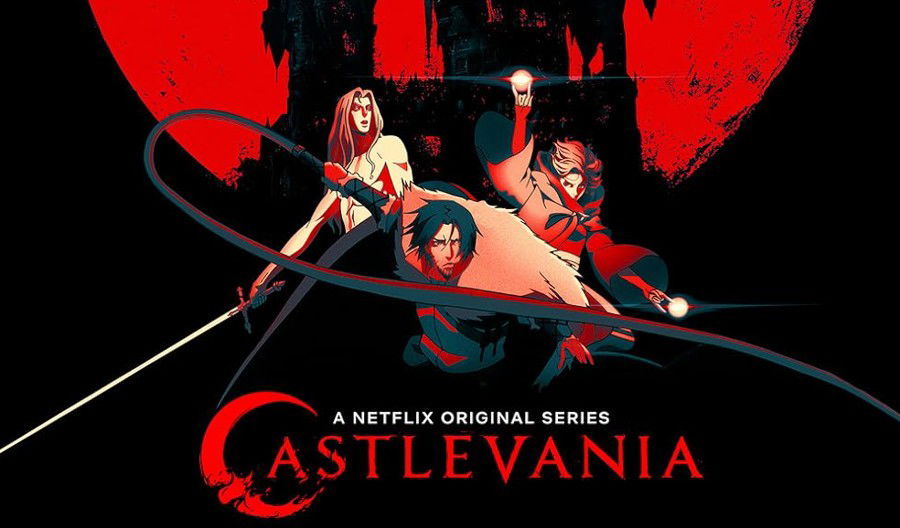Piracy in the anime universe remains a significant challenge, even with the growth of legal platforms like Crunchyroll, Netflix, and Disney+, which have heavily invested in offering licensed, high-quality content.
In recent years, numerous piracy sites have been shut down due to legal actions by major studios like Toei Animation and Kodansha. However, the phenomenon persists, with new sites frequently emerging and attracting a large audience.
An example is the site “HiAnime”, which recorded an impressive 330 million visitors in a single month, according to data from the Torrent Freak portal. These numbers even surpass the online traffic of streaming giants like Disney+ and Crunchyroll, although they exclude access via TVs and consoles, where legal platforms also have a strong presence. This highlights the enduring power of piracy in the sector, even amid global efforts to combat it.

Economic Impacts of Piracy
Anime and manga piracy cause massive financial losses to the industry. According to the Japanese Agency for Cultural Affairs, the sector loses approximately $133.8 million annually due to unauthorized content reproduction.
Efforts to combat these losses have intensified, aiming to minimize financial impacts and protect copyright holders.
Anti-Piracy Initiatives
Japan
Japan, as the birthplace of the anime and manga industry, leads various anti-piracy initiatives. Recently, the country's Agency for Cultural Affairs allocated $2 million to develop artificial intelligence (AI) technologies aimed at identifying and disabling piracy sites. AI enables the quick tracking of large volumes of data, reducing the time and costs associated with manually locating violations.
Moreover, the Japanese government has intensified awareness campaigns, encouraging the public to consume content from official sources and demonstrating how piracy affects creators and studios. Collaboration between animation studios, distributors, and international organizations has also strengthened the blocking of pirate domains and the removal of illegal links on search platforms.
United States
The United States government also plays a central role in fighting piracy, as the country is one of the largest anime consumer markets outside Japan. In October 2023, the U.S. Trade Office included the site “HiAnime” on its list of “notorious piracy markets,” increasing international pressure on those responsible for these sites.
Additionally, the Department of Justice and the Immigration and Customs Enforcement (ICE) agency regularly collaborate with Japanese authorities to investigate and prosecute international piracy networks. Strengthening copyright laws and blocking financial operations related to piracy sites have been effective strategies in weakening these networks.
Why Is Piracy Still Popular?

Despite the growth of legal services, piracy remains relevant for several reasons. In many countries, access to licensed platforms is still limited, either due to geographic restrictions or a lack of dubbing/subtitles in the local language. Additionally, the cost of subscriptions to multiple services can be prohibitive for some audiences, especially younger fans, who make up the largest anime fanbase.
Another critical factor is convenience. Pirate sites often consolidate episodes from various series in one place, allowing users to watch without creating accounts or paying fees. Conversely, legal platforms continue to work on improving user experience and offering more comprehensive catalogs.
The Future of the Anime Industry
The anime industry has been striving to balance fighting piracy and expanding access to legal content. A successful example is Crunchyroll, which has been investing in simulcasts (simultaneous releases with Japan) and partnerships with renowned studios. Additionally, services like Netflix have started producing original anime, such as Castlevania and Baki, attracting new audiences and offering an alternative to illegal consumption.

Another noteworthy initiative is the collaboration between studios and platforms to reduce content fragmentation. Consolidating catalogs can facilitate public access and reduce the need to resort to pirate sites.
Conclusion
Anime piracy remains a global challenge, harming the industry and creators. However, the combination of technological advances, such as AI, with government efforts and initiatives by legal platforms has shown potential to mitigate the problem.
The future of anti-piracy efforts depends on making legal consumption more accessible and attractive, offering quality, convenience, and variety. Only by achieving this balance will it be possible to protect copyrights while satisfying a growing global audience.
Follow Cards Realm for more news about the anime universe!












— 코멘트 0
, 반응 1
첫 댓글을 남겨보세요